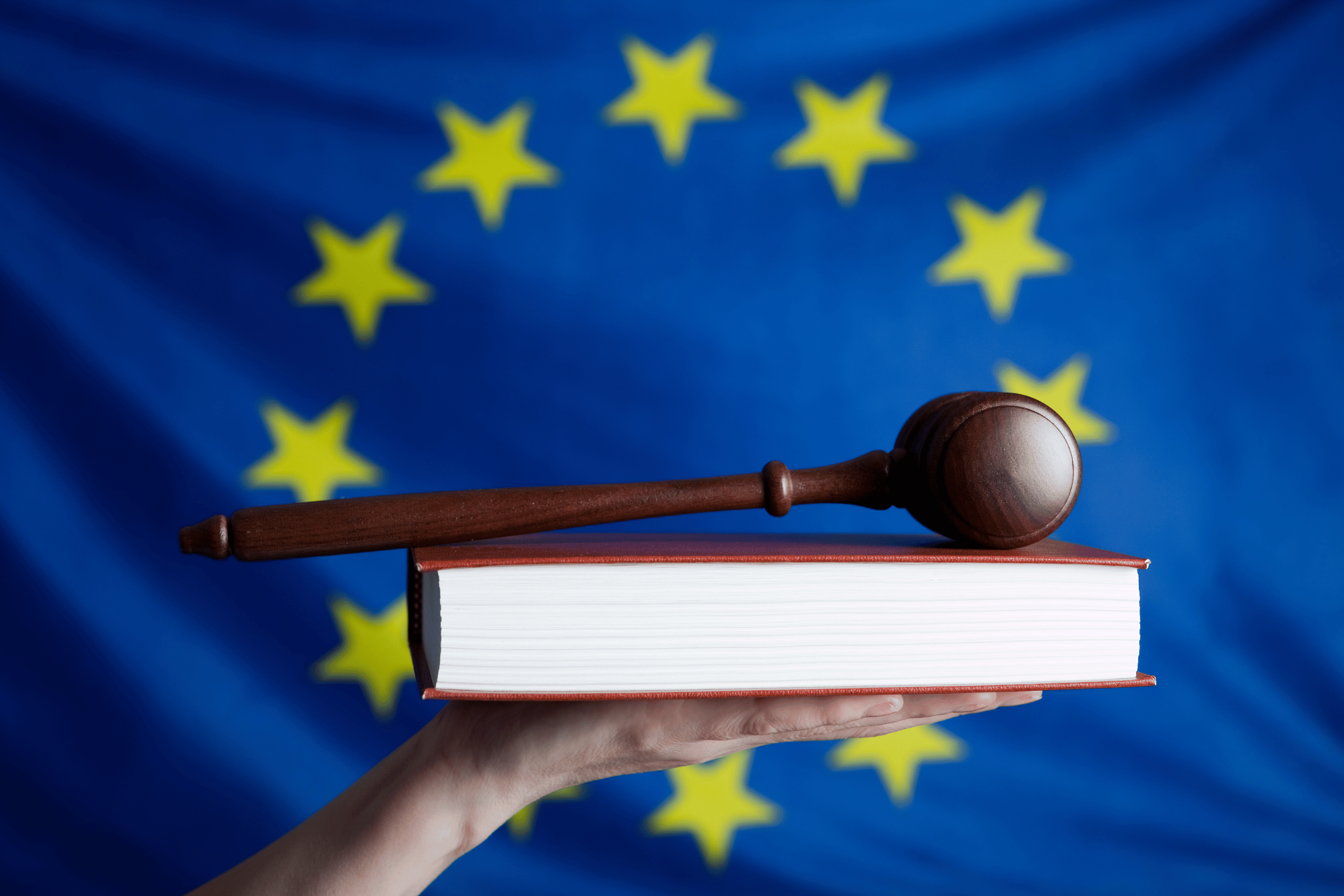Civil Society Organisations’ participation in the Rule of Law cycle
Glossary
Article 7 (of the Treaty on European Union)
‘Article 7’ refers to Art. 7 of the Treaty on European Union, which lays out a procedure to sanction a serious breach of the principles of respect for human dignity, freedom, democracy, equality, the rule of law and respect for human rights, including the rights of persons belonging to minorities, in the Member States. Such measures can lead to the suspension of the voting rights of the said Member State in the Council.
Rule of Law cycle
The Rule of Law cycle, also called the Rule of Law Mechanism, is an annual cycle of dialogue between the Commission, the Council and the European Parliament, together with the Member States and national parliaments, civil society and other stakeholders on the rule of law. Its foundation is the annual Rule of Law Report.
Conditionality mechanism
When talking about the Rule of Law at the EU level, ‘conditionality mechanism’ refers to the Rule of Law conditionality regulation, which allows the Commission to suspend the funding to a Member State if there is a breach of the Rule of Law which poses a risk to the EU budget. The proposal must be approved by the Council.
Content
- Glossary
-
Is there a framework to protect the Rule of Law in the European Union?
-
How does the EU Rule of Law cycle work?
- What are the critical points of the current Rule of Law cycle?
-
Examples of the improvements of the Rule of Law report
- Recommendations
- To wrap up
- Take the quiz!
- Materials and resources
Expected learning outcomes
- To explain how Art. 7 of TEU works.
- To explain how the Rule of Law cycle works.
- To explain how to contribute to the Rule of Law report.
Is there a framework to protect the Rule of Law in the European Union?
Respect for the Rule of Law as one of the foundations of the European Union is declared in the TEU, both as a principle for the internal (Art.2), as well as external actions (Art. 21). Art. 7 of the Treaty on European Union, combined with the voting procedures for the Parliament and the Council laid out in Art. 354 of TFEU, also provides a procedure to sanction a serious breach of the values defined in Art. 2 of TEU, including the Rule of Law. Article 7 has two different procedures: the so-called ‘preventive measures’ (Art. 7.1 TEU) and the so-called ‘sanctions mechanism’ (Art. 7.2 – 7.5 TEU). In all these measures, the concerned Member State is excluded from the vote and the counting for the majorities, and the Parliament must reach a two-thirds majority of votes, representing the majority of its members.
For the ‘preventive measures’, the Commission, one-third of the Member States or the European Parliament can start the procedure when they see a clear risk of a serious breach of the fundamental values laid out in Art. 2 of TEU. The Council has to hear the concerned Member State, after which, if the European Parliament gives consent, the Council determines with a four-fifths majority the existence of a clear risk to fundamental values and, with the same majority, makes recommendations to the Member State.
For the ‘sanctions mechanism’, the procedure can be triggered by the Commission or by a third of the Member States. The concerned country is invited to send observations, after which the European Parliament votes to give consent to the procedure. After that, the European Council has to determine by unanimity the serious and persistent breach of the fundamental values as laid out in Art. 2 of TEU. After that, the Council (acting with a majority of 72% of its members, representing 65% of the European population) can suspend certain rights of the Member State, including voting rights on the Council. With the same majority, the Council can remove those sanctions.

The very high thresholds required to enforce Article 7, especially the unanimity by the European Council, has prompted the development of other mechanisms to monitor and act on the Rule of Law in the Member States, including the possibility, with the approval of the Council, to suspend the EU funding to a Member State that is breaching the Rule of Law and putting at risk EU financial interests (the so-called ‘Rule of Law conditionality’). An overview of the so-called Rule of Law toolbox is available here. The mechanisms are embedded in a new annual cycle called the Rule of Law Mechanism’ (also called the ‘Rule of Law cycle’).
How does the EU Rule of Law cycle work?
The Rule of Law cycle has its core in the preparation, publishing and follow-up of the Rule of Law report. Established in 2020, the Rule of Law report comprises a report on the general situation of the Rule of Law in the EU, as well as specific country chapters for each Member State. The Rule of Law report has evolved over the years, also based on the input of civil society. The 2023 Report analyses four dimensions: the justice system, the anti-corruption framework, media pluralism and freedom, and other institutional issues related to checks and balances. The country chapters have analysed new developments since the previous Report and the follow-up to the situation analysed in the 2022 report. One of the key requests of civil society has been to include country-specific recommendations, which have been added since the 2022 report, and to follow up on them. Indeed, the Rule of Law report can be used as one of the sources to trigger the different mechanisms under the ‘Rule of Law toolbox’.

The Rule of Law cycle (here explained for the 2023 report) starts in November when the Member States are consulted on the questionnaire and the stakeholders are asked to contribute to the evidence gathering via a questionnaire in the Have your say portal. From January to April, while the Member States send their answers to the Commission’s questionnaire, the Commission organises ‘country visits’ (mostly online meetings) with stakeholders and civil society organisations of the Member State under analysis. In June, the Member States receive their country chapters to provide factual updates, and in July, the Report is published, in order to be discussed at the European and national levels.
What are the critical points of the current Rule of Law cycle?
While the Rule of Law report has been improving over the years, still several critical points remain. Civil society organisations lament the vagueness of certain country-specific recommendations, as well as the lack of proper follow-up, including using the conditionality mechanism when necessary. Furthermore, the timing of the publication of the report, July, is unfortunate, as it may get lost due to the summer break. Publishing it earlier in June or later in September and adapting the cycle timeline accordingly may solve the issue, as well as help tackle the other problem of the very short timeframe for CSOs to provide input. For instance, the targeted stakeholder consultation opened from 14 November 2022 to 20 January 2023 —amounting to a little less than nine weeks, which is shorter than the 12-week period for consultations indicated in the Better Regulation communication— and during an end-of-the-year period when many organisations close their offices. Furthermore, the methodology with which the Commission analyses and takes into consideration the stakeholder input should be further clarified. Another difficulty is linked to access to the Member States’ contribution to the Rule of Law Cycle, and the possibility for CSOs to react to them.
Example of the improvements of the
Rule of Law report
Among the elements that were improved due to the feedback from the CSOs, the following can be listed: formulation of country-specific recommendations; and publication of the calendar of the country visits.
Recommendations
- Add civic space as a separate pillar of the rule of law reports, with an additional chapter systematically analysing the state of civic space in EU Member States and its connections to the rule of law context; or strengthen civic space within the chapter on checks and balances.
- Develop a consistent methodology for assessing civic space, which should be clear, transparent, co-created with civil society and built on benchmarking mechanisms already used by the Commission (e.g., in the accession countries or the Eastern Partnership) and the work of the European Union Agency for Fundamental Rights.
- Include in all country reports a policy recommendation on how to strengthen civic space.
- Give very specific recommendations to countries on civic space, not only addressing a specific problematic measure, but also concrete actions and time frames that need to be taken to redress the situation. Where relevant, these actions could refer to existing opinions of international institutions (for example, Venice Commission, UN Special rapporteurs), or relevant court rulings (including from the ECHR).
- Make connections between civic space restrictions and rule of law deficiencies in other areas: judicial, media, and corruption.
- Ensure proper follow-up of the country-specific recommendations, including via information in the subsequent Rule of Law report and by using the Rule of Law toolbox (including the conditionality mechanism), in case of systematic non-compliance to the recommendations.
- Shift the Rule of Law cycle timeline so that the publication of the report happens either in June or in September.
- Respect the 12-week period for consultations recommended by the Better Regulation communication, and avoid having them during a holiday period (e.g., end of the year).
- Involve the CSOs in the consultation on the feedback for the previous cycle, as well as on the methodology.
- Encourage the Member States to consult CSOs when responding to the country questionnaire.
- Consult CSOs about the preparation of the recommendations, in a similar way to how it works for the UN treaty bodies.
- Establish Commission’s national contact points for the country visits, to be reachable by the CSOs, and include in the country visits a discussion on civic space.
To wrap up
-
The article 7 of the Treaty on European Union deal with the infringements of the EU fundamental values, and it includes ‘preventive measures’ (approved with a four fifths majority in the Council) and a ‘sanctions mechanism’ (which requires the unanimity of the European Council) which can suspend certain rights of the concerned Member State, including voting rights in the Council.
-
The ‘conditionality mechanism’ allows the suspension of the transfer of EU funding to a Member State if there is a breach in the Rule of Law that threatens the financial interests of the Union. It requires a qualified majority in the Council.
-
The Rule of Law cycle is centred around the Rule of Law report, which also includes national chapters and, since 2022, country-specific recommendations.
-
The Rule of Law report is based on the contributions from Member States, stakeholders and other international institutions (e.g. Council of Europe).
-
CSOs can contribute to the Rule of Law report by sending their contribution via the Have your say portal (published around the month of November) and by participating in the ‘country visits’ organised by the Commission (in the period of January-April).
Materials and resources
- Civil Society Europe & Philea (2023): Joint Civil Society Contribution to the 2023 Annual Rule of Law Report on Civic Space.
- Rule of Law report – Communication and country chapters (2023).
- Rule of Law report factsheet on the 2023 annual Rule of Law cycle (2023).
- Regulation 2020/2092 on a general regime of conditionality for the protection of the Union budget.
- Treaty on European Union (2012).
- Treaty on the Functioning of the European Union (2012).
- Have your say portal.
- The EU’s Rule of Law toolbox factsheet.
Project information
Project Type: Collaborative Project
Call: H2020 SC6 GOVERNANCE-01-2019: Trust in Governance
Start: February 2020
Duration: 48 Months
Coordinator: Prof. Dr. Christian Lahusen,
University of Siegen
Grant Agreement No: 870572
EU-funded Project Budget: € 2,978,151.25


